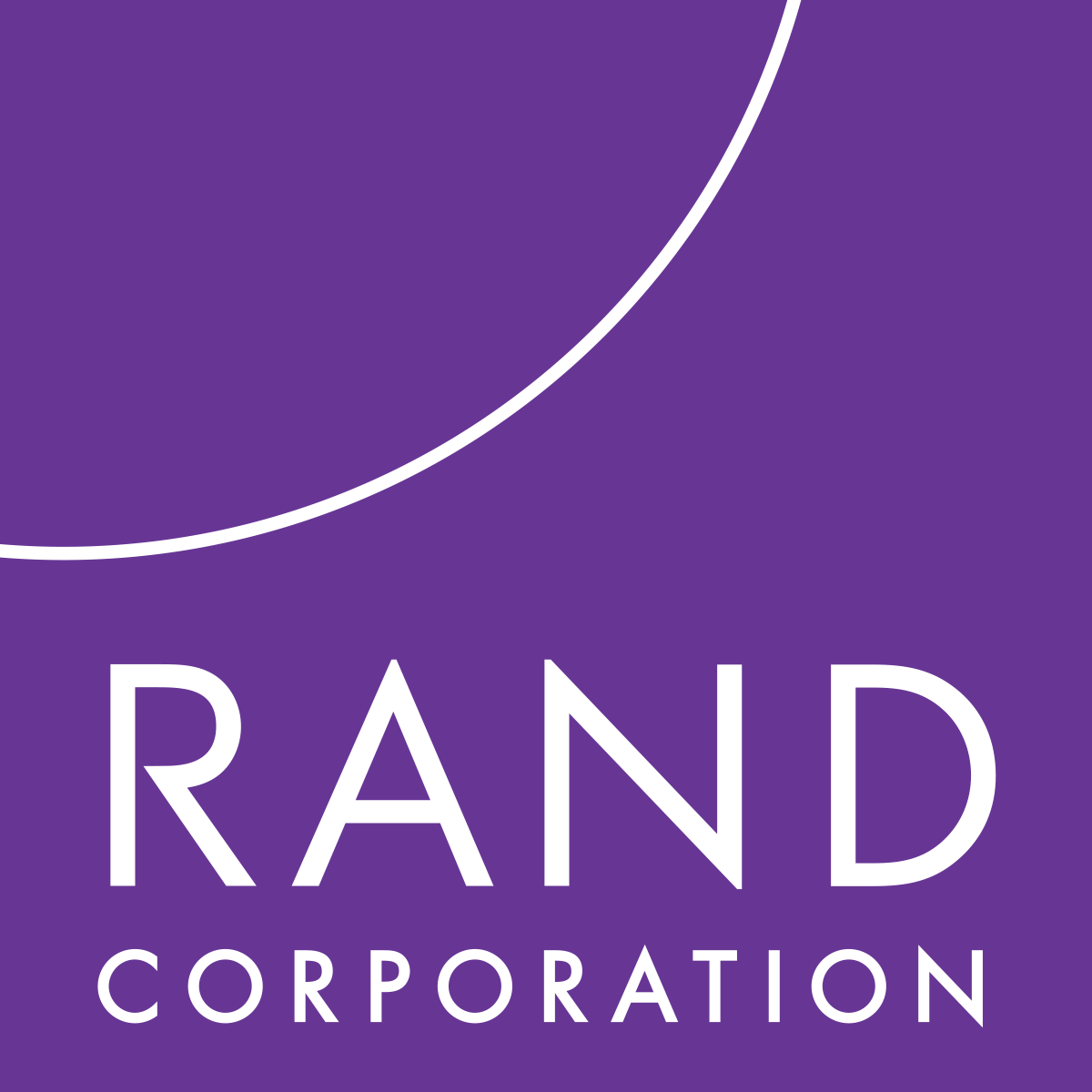We are surrounded by unhealthy lifestyles. Whether it is at work, at home, out with your friends, or through recreational hobbies, the culture of the environment that we spend time in dramatically affects our health behaviors. One place we spend a significant amount of time in is the workplace. So what are companies doing to create a workplace wellness?
The Workplace Wellness Study created by RAND Health. External Link. Opens in new window. and sponsored by the U.S. Department of Labor and Department of Health & Human Resources. External Link. Opens in new window. evaluates employers with at least 50 employees to see what they are doing for wellness in the workplace. The report contains a lot of great statistics that illustrate what other organizations are doing in the world of health and wellness.

Unhealthy behaviors in the workplace
The report starts off by categorizing the word “unhealthy” as:
- Inactive
- Poor nutrition
- Tobacco use
- Frequent alcohol consumption
- Chronic diseases (diabetes, heart disease, chronic pulmonary conditions)
These unhealthy behaviors and/or disease states start to unravel the health in your workforce affecting the cost of your benefits and health care claims. One solution: to focus on prevention through a workplace wellness program. More than 70 percent of employers in the survey reported that they offer a wellness program and customize it based on screening activities (HRA, self-administered questionnaire, behaviors or risk factors).
Lifestyle management programs offered by employers
Lifestyle management programs that are offered based on the screening activities are ranked below:
- Nutrition/Weight Management (79%)
- Smoking Cessation (77%)
- Fitness Classes (72%)
- Alcohol/Drug Abuse (52%)
- Stress Management (52%)
- Health Education (36%)
- Other (5%)
As a result of these programs, employers overwhelmingly expressed the success in reduced medical costs, absenteeism and health-related productivity losses.
Encouraging participation with incentives
But participation didn’t come by choice – it was typically influenced by an incentive or award:
- Half of the employers surveyed offer incentives directly to employees (49 percent).
- Only 31 percent of employers administer a reward through the group health plan.
- One-fifth of employers (20 percent) offers both an incentive and reward through the health plan.
Another incentive for employees to participate in wellness includes health promotion activities, which are provided by over half of the employers surveyed. Some of these activities include:
-
- On-site vaccination services
- Fitness benefits and weight loss programs
- Examples include: The Biggest Loser-an eight week weight loss competition among employees. Or Walk-N-Talk campaigns that encourage employees to walk during their lunch hour to incorporate more physical activity. Another popular program was corporate Weight-Watchers. External Link. Opens in new window. group meetings.
- Healthy food options
- Nurse advice lines
While this information stated above may feel familiar, the survey reminds us to pause and look at wellness and the impact it has on the organization. After all this time, the information still leads back to the fact that wellness works.









